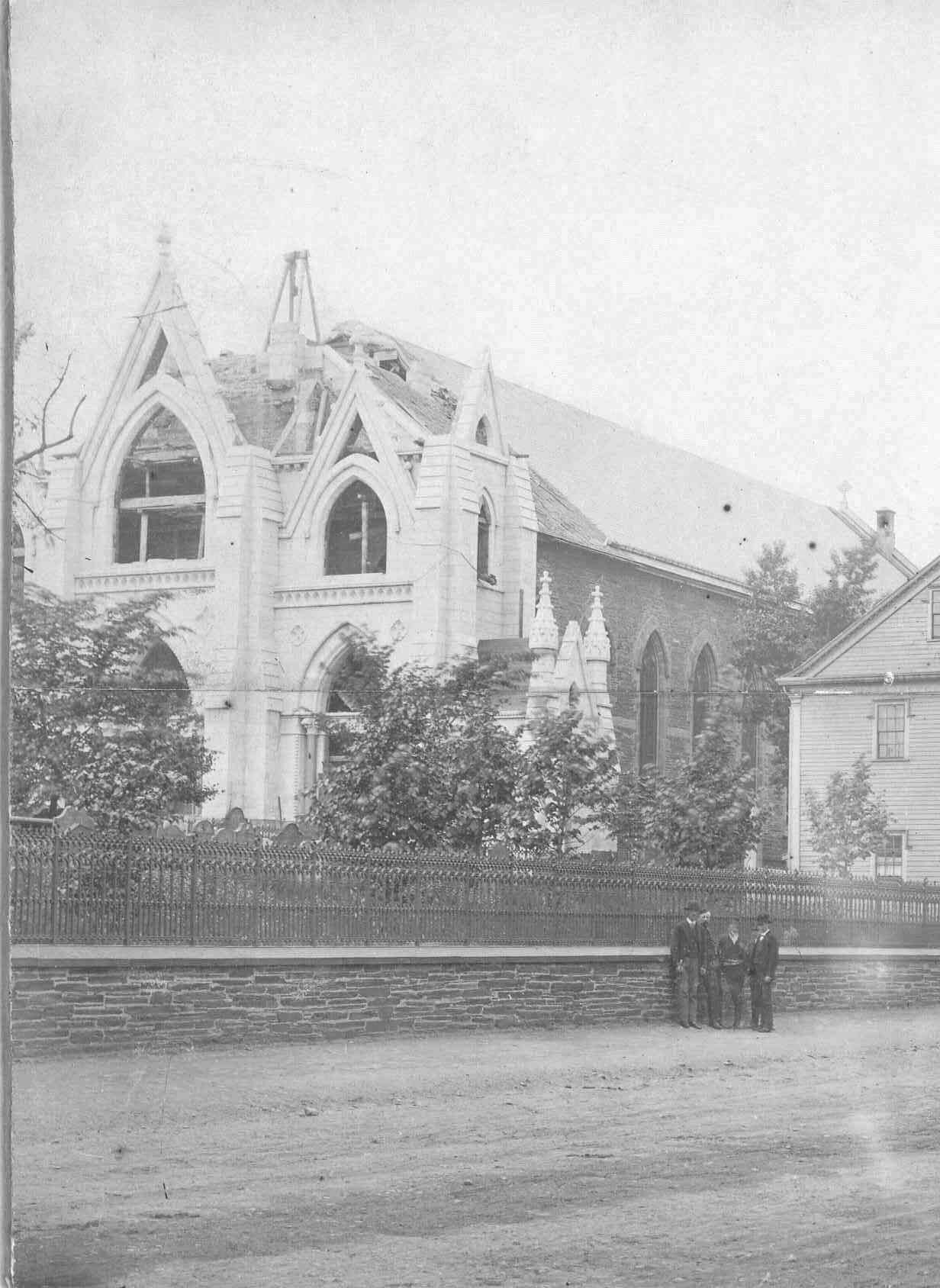Renovations Over the Centuries
“The cathedrals and churches architecturally prepare our souls for the beauty of the Eucharist.” - Fr. Allen Hunt
Saint Mary’s Cathedral Basilica has been a work in progress for the past two centuries. Although the original building was designed in the image of one of the most renowned churches of its day (St. Martin’s-in-the-Field in London), this would not be its final form. The building that we all know and love largely emerged during the time of Archbishop Thomas L. Connolly.
Archbishop Connolly was known in his time as a great wit who travelled easily in society, which would come in very handy during the massive building project. He engaged Patrick Charles Keely of New York to make his vision for a new Saint Mary’s Cathedral a reality. Keely was well known in his day as a renowned architect of religious structures and had designed 500 churches in North America. This vision was heavily influenced by the Gothic revival of the mid to late 19th century.
Author Unknown, March 17th, 1860, Acadian Recorder. Page unknown
By the time Connolly and Keely were done, little of the original Saint Mary’s Cathedral would remain. The new heavily Gothic design, construction of which began in 1860, removed the galleries along the east and west walls, which allowed the new building to accommodate a much larger crowd. The removal of the original gallery enabled the rows of upper and lower windows around the sides of the building to be joined, transforming them into the tall stained-glass windows we see today. The clustered columns that had originally supported the gallery were removed as well, allowing natural light to flood the interior of the Cathedral.
But the most notable symbol of the new Saint Mary’s was its granite façade. From 1862 to 1872, the front elevation of the Cathedral was rebuilt in granite. This required a special effort on the part of Archbishop Connolly, who wrote to the Foreign Office in London in 1868 for permission to mine 7,800 tons of granite from Point Pleasant, which was still under their authority. The crowning glory of the project was the 189-foot granite spire, made complete on September 7th, 1874, when a cross was placed at its top. This enduring symbol of the importance of Saint Mary’s not only to the Catholic community, but Halifax as a whole, is the tallest granite structure in North America.
New Saint Mary’s Cathedral Façade Under Construction, photograph, Archives of the Archdiocese of Halifax-Yarmouth
Spire Repair 1943, photograph, Archives of the Archdiocese of Halifax-Yarmouth
Although no project has been undertaken on this scale since the 19th century, as an active centre of faith, Saint Mary’s has seen many other major projects. In the early 1900s, the sanctuaries were expanded, and an extension added onto the back of the building to accommodate additional office space. In 1943, significant repair work was undertaken on the steeple. And for the last few years, significant work has been carried out on the interior, to uncover the frescoes behind the altar and restore the stunning stained-glass windows. All of this work will help preserve the historical beauty of Saint Mary’s Cathedral Basilica for generations to come.



